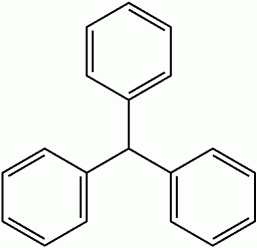- Chemical Identification
- Chemical Name : Acetamide
- Molecular Formula: C2H5NO
- Molecular Weight: 59.07
- CAS Registry Number: 60-35-5
- Chemical Structure
- Other Names: Acetic Acid Amide, Acetamide Acid, Ethanamide
-
Classes of acid dyes
Equalising/levelling acid dyes: Highest level dyeing properties. Quite combinable in trichromatic shades. Relatively small molecule therefore high migration before fixation. Low wet fastness therefore normally not suited for apparel fabric.
Milling acid dyes: Medium to high wet fastness. Some milling dyes have poor light fastness in pale shades. Generally not combinable. Used as self shades only.
Metal complex acid dyes: More recent chemistry combined transition metals with dye precursors to produce metal complex acid dyes with the highest light fastness and wet fastness. These dyes are also very economical. They produce, however, duller shades.

